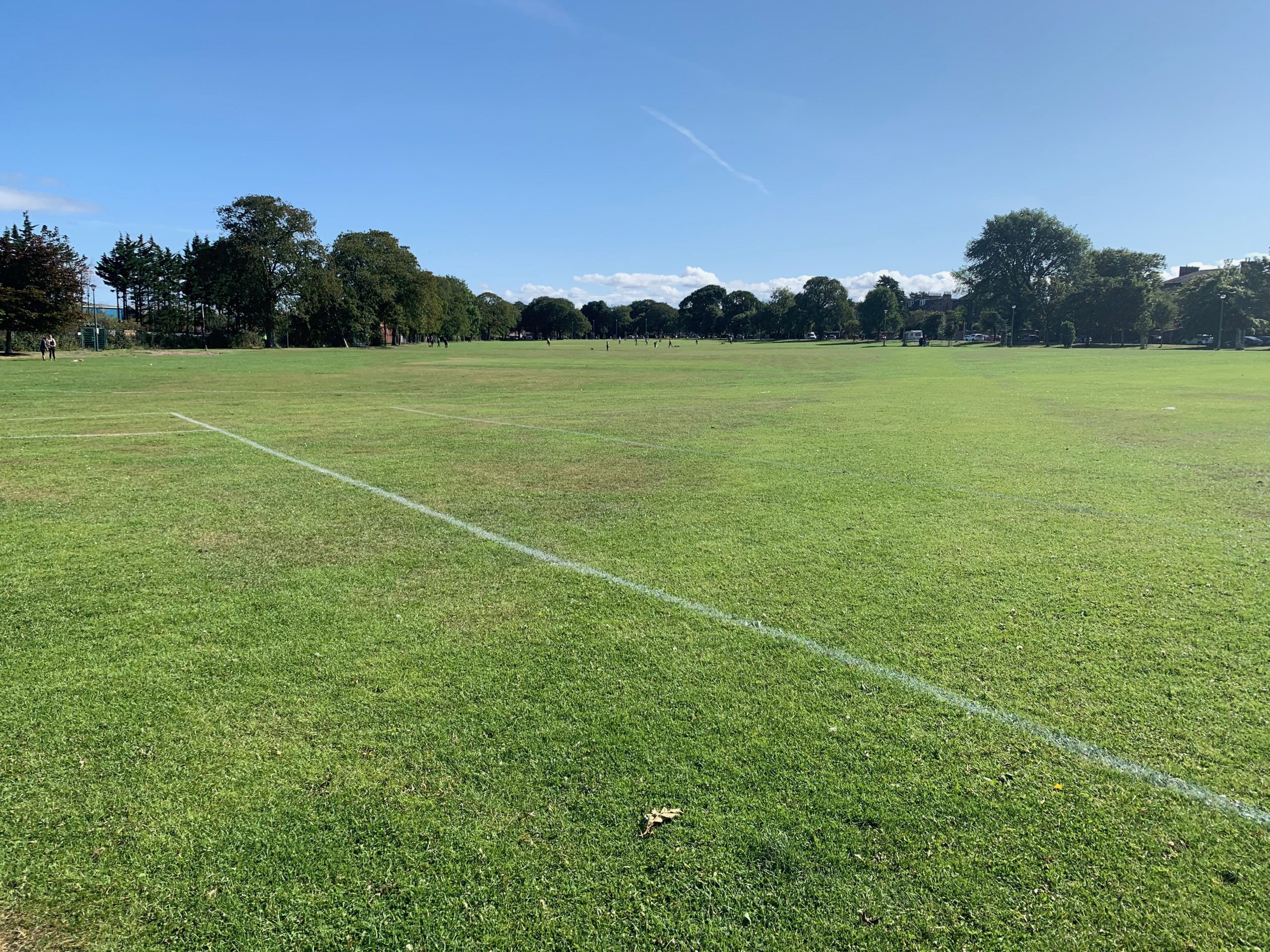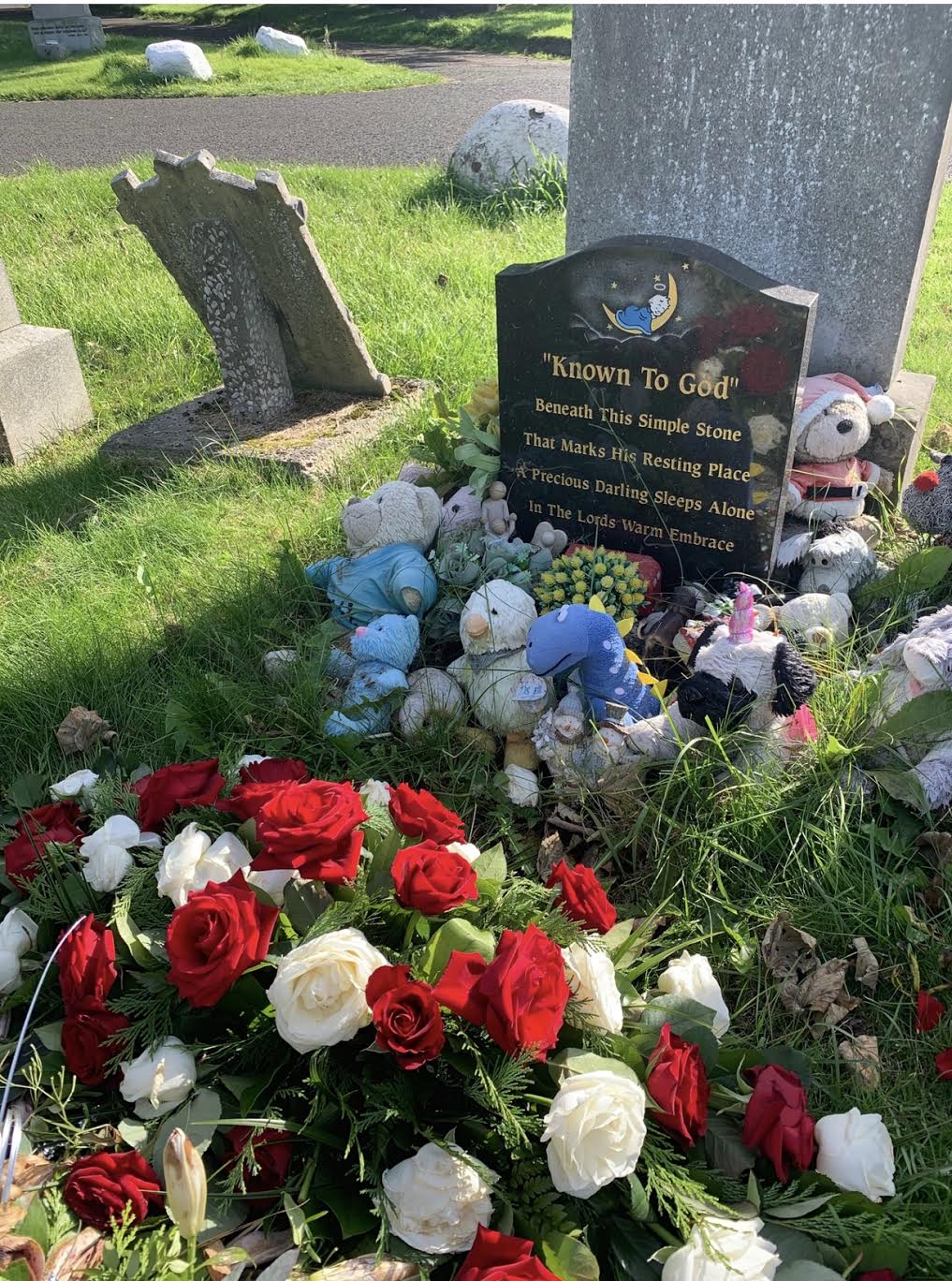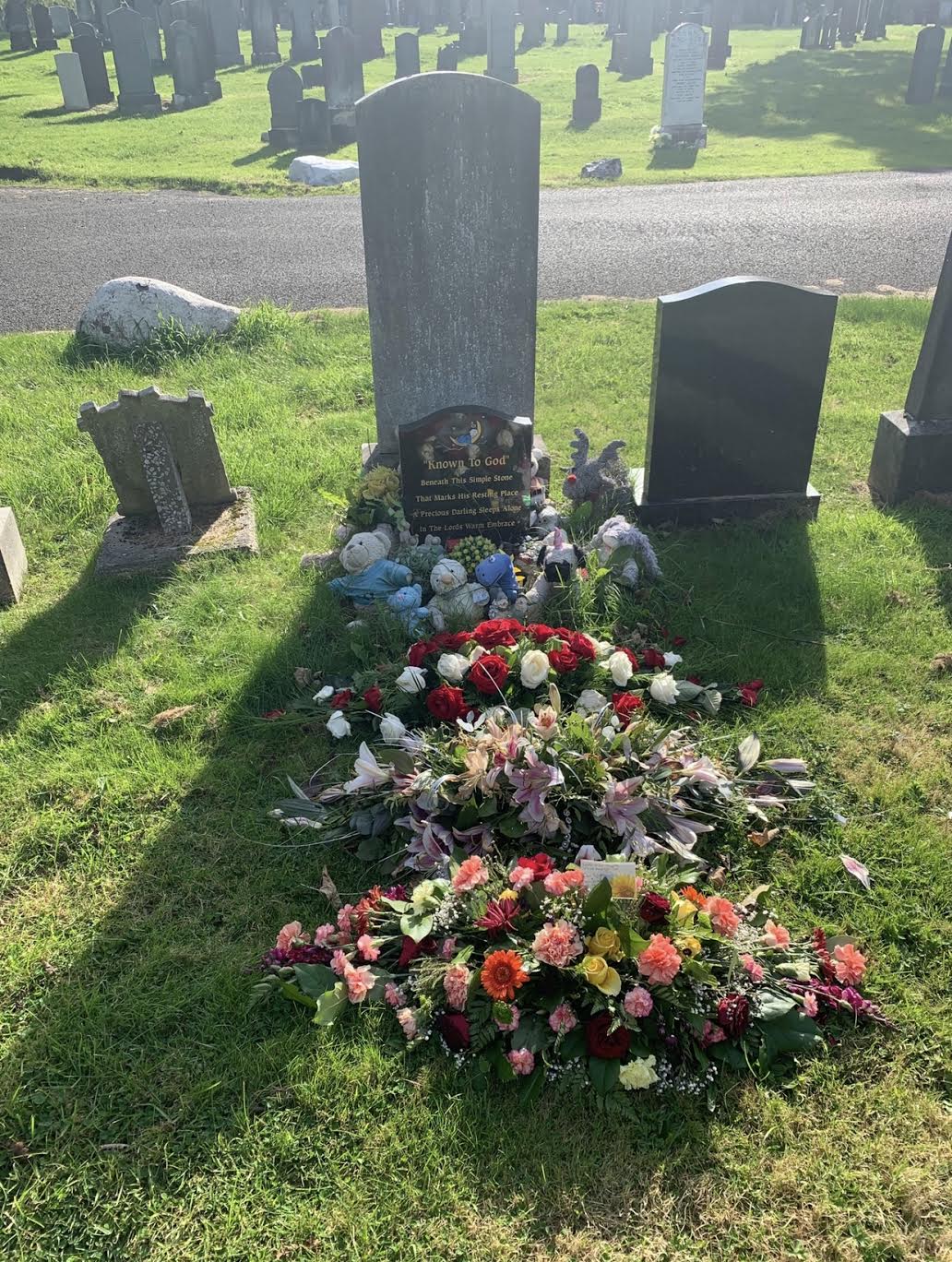I live in Edinburgh, in the northern part of the city known as Leith. Barely a minute’s walk from my home is one of the area’s largest public parks; Leith Links. Believed by local legend to be the birthplace of golf, the Links is a much-needed swathe of green in what is still a very industrial section of the city. Joggers and cyclists criss-cross the grass, shouts rise up from amateur football matches. Children race from nearby schools to get to the climbing frames before their friends. In summer the local cricket team add a slight touch of the English countryside to this Scottish park. In winter the head-torches of keep-fit groups bob eerily in the gloom. Smoke from the next-door allotments drift lazily alongside buzzing drones and swooping kites.
Every facet of local life finds a use for the Links, every day of the year. Yet where life makes it home, so too does death.
One day in 2013, July 28th to be exact, a dog-walker made a gruesome discovery. Strolling from the park proper onto the paths which are all that remain of the area’s Victorian narrow-gauge railway he found, wrapped in an elephant-print blanket, the body of a baby boy. I remember being surprised, as I walked my own dog in the same area, to see it cordoned off by police.
It was the next day when details of the discovery started to appear in the local news.
 The baby was, as Detective Chief Inspector David McLaren announced at a later press conference, “closer to being a newborn than a toddler”. Later reports would put the age at no older than six weeks. Some news articles mentioned reports that “the body had been mutilated, possibly by animals”. Although never confirmed this is plausible, both foxes and badgers live in the area, and this may explain why, despite a major police investigation, the baby was never identified and his family never found.
The baby was, as Detective Chief Inspector David McLaren announced at a later press conference, “closer to being a newborn than a toddler”. Later reports would put the age at no older than six weeks. Some news articles mentioned reports that “the body had been mutilated, possibly by animals”. Although never confirmed this is plausible, both foxes and badgers live in the area, and this may explain why, despite a major police investigation, the baby was never identified and his family never found.
Not such a cheerful tale. Not such a positive story.
At least not at the start.
Two years after the body had been found, with no family forthcoming, it became clear that something had to be done with the child’s body. Police Scotland themselves organised a funeral service and, due to worries that it could be a sparse affair, an announcement was placed in the Scotsman newspaper. It read:
“Unknown Little Baby Boy (Seafield, Edinburgh). With deep sadness, the little baby boy who was found wrapped in his blanket on the walkway/cycle path at Restalrig, Seafield, Edinburgh, will be laid to rest at Seafield Cemetery, on Friday, May 1, 2015, at 10am, to which all will be warmly invited to come along and pay their final respects to this little baby boy.”
It was the best they could do.
It was enough.
On the day itself, sunny but cold as the Scottish spring often is, over two hundred people congregated in the cemetery to watch Cooperative Society funeral director Ian Thompson lay the child to rest. The coffin, so small that Mr Thompson could hold it in his arms, held a plaque marked simply “Known to God. Precious little angel”. The Guardian newspaper described the funeral attendees as a disparate group “gathered from across Edinburgh and eastern Scotland. There were bikers from the Royal British Legion Scotland, a representative of Leith’s Sikh community, several of the city’s politicians from rival parties putting the election campaign aside, and mothers who themselves had lost children”. Many wept, some simply stood in silent thought. Others no doubt glanced over to the shrubbery and low trees that separate the cemetery grounds from the path where the little boy’s body had been found before leaving their tribute of flowers or toys beside the grave. One note, handwritten, read “twinkle twinkle little star, how we wonder who you are…”.
What led to this powerful show of local solidarity? What caused people – not just from Leith but from the rest of Edinburgh and further afield in Scotland – to give up their time and mourn a stranger? The words of Reverend Erica Wishart, who led the service, give some insight: “We are here to say goodbye to this wee one, with the dignity and respect he deserved. We are here to mourn the life that could have been”. She continued by admitting that there were “so many things we don’t know, so many things we don’t understand” but ended with the hope that the mourners “found some peace and comfort here”.
These words reveal a fact that rings true in taciturn Scotland, that we often find hard to admit; funerals do not comfort the dead, they comfort the living. Many attendees on that crisp May morning would have been thinking of their own losses, past or potential. “I know what it’s like to lose a child,” Claire Phillips told reporters while Colin Macnab of the Royal British Legion Scotland bikers admitted that “we all feel compassion; it could be [one of us] one day”. By having no family, no history that anonymous child became a cipher through which each individual’s own grief could be expressed.
Yet this raises an interesting question; with such an extraordinary expression of community compassion appearing for the baby’s death – “[S]omething like this touches everyone’s hearts. This is a great community. Leith is a great community”, said Reverend Wishart and her words were echoed by another mourner who said “[i]t’s very moving to think that there are so many people here today just to give this baby some love” – where was this support before the baby’s death? Where was the love for a mother who felt she had no choice but to leave her baby to the elements, no doubt aware that it would die? Is it simply that we are too busy to care or is it more that, as Scottish writer Helen McClory put it in her short story Bound To Be, “community means all ignoring the same cruelty”?
It is very much the case that we, as communities, often prefer to look back on death as something inevitable to be mourned rather than confront the responsibilities we have as a community to prevent death, at least when it is preventable. In fact, is it really death that we recoil from or is it rather the process of dying?
It’s more than unfair to ascribe any blame to the mourners in attendance on that May morning, I would have to blame myself just as much, but we should always remember that death is overwhelmingly not something that appears out of nowhere. Death is the final symptom of a process of ailments, many of them societal as much as physical, and, in this increasingly gentrified but still very much working class part of Edinburgh, is it easier the accept the delimited grief of death than the ongoing burden of knowing that some of our neighbours live in poverty and despair? Death happens and then death leaves, a very literal memento mori that can be a much-needed jolt to those who remain, but the process of dying lingers, sometimes over years, and exposes all the weaknesses we try our best not to accept.
Today, in 2019, there are still flowers and toys around that little grave. There is still compassion and thoughtfulness in the world. Yet if that compassion didn’t wait for death to reveal itself but was offered freely when needed then maybe those flowers and toys could be celebrating a birthday and not commiserating a death.



